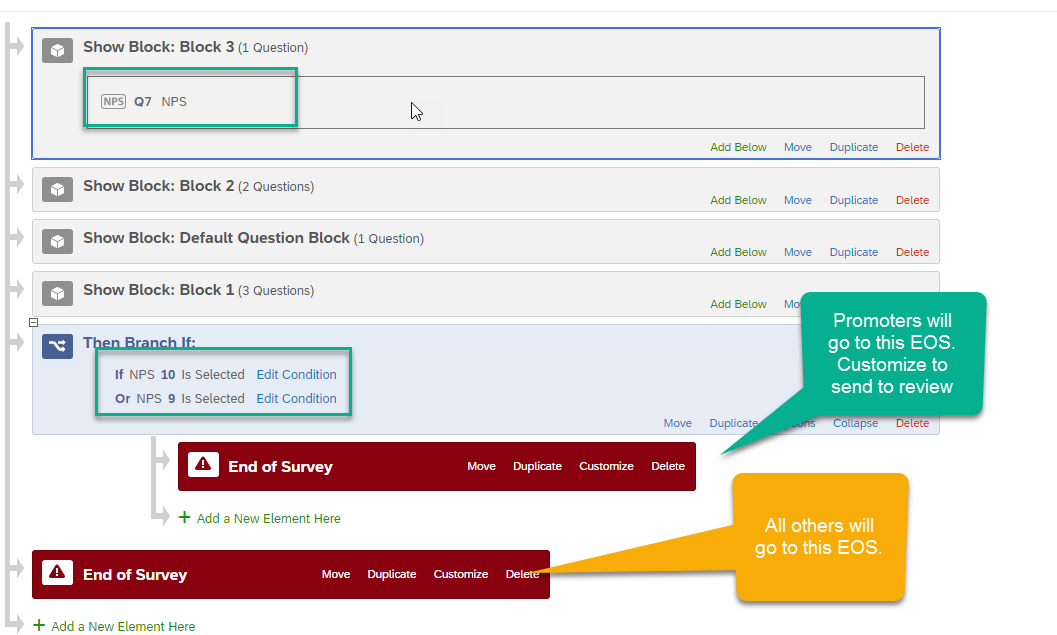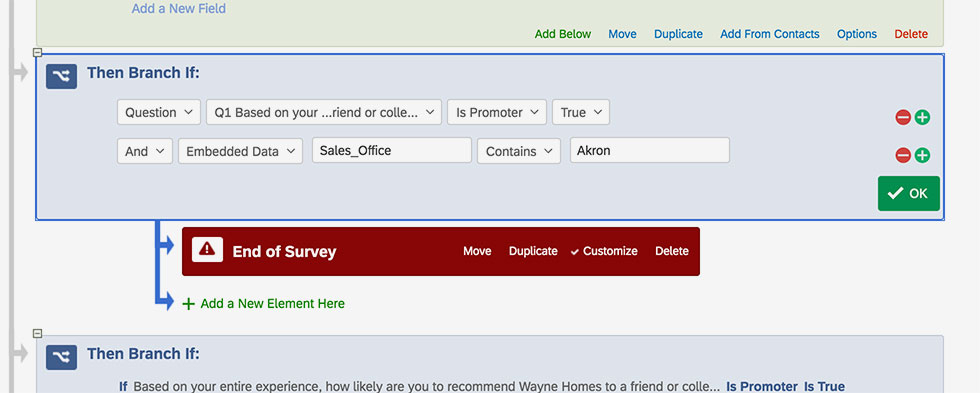Industry Best Practices for Combining VOC Survey and Product Reviews
We have a transactional VOC survey, and are looking at adding the product review (Bazaarvoice) at the end of the survey - for those customers would like to leave us a review. I have seen a few examples of this in the wild, but most of them have been for hotels. From a functional perspective, it appears that we can do this via iframes within the Qualtrics survey - but I'm wondering if there are any best practices, specific to the survey flow, that could help influence us.
Typically I see the review at the end of the survey, but we are wondering how much it matters if it's at the end or the beginning? Any thoughts, ideas, or best practices would be greatly appreciated.
Thanks,
Allen
Enter your E-mail address. We'll send you an e-mail with instructions to reset your password.








 This seems simple enough - but I'm not sure how to test it. Perhaps this is a total newbie question, but how do you test or preview the branch logic of embedded data? In other words, how do I fool Qualtrics into thinking I'm from Sales Office X?
This seems simple enough - but I'm not sure how to test it. Perhaps this is a total newbie question, but how do you test or preview the branch logic of embedded data? In other words, how do I fool Qualtrics into thinking I'm from Sales Office X?